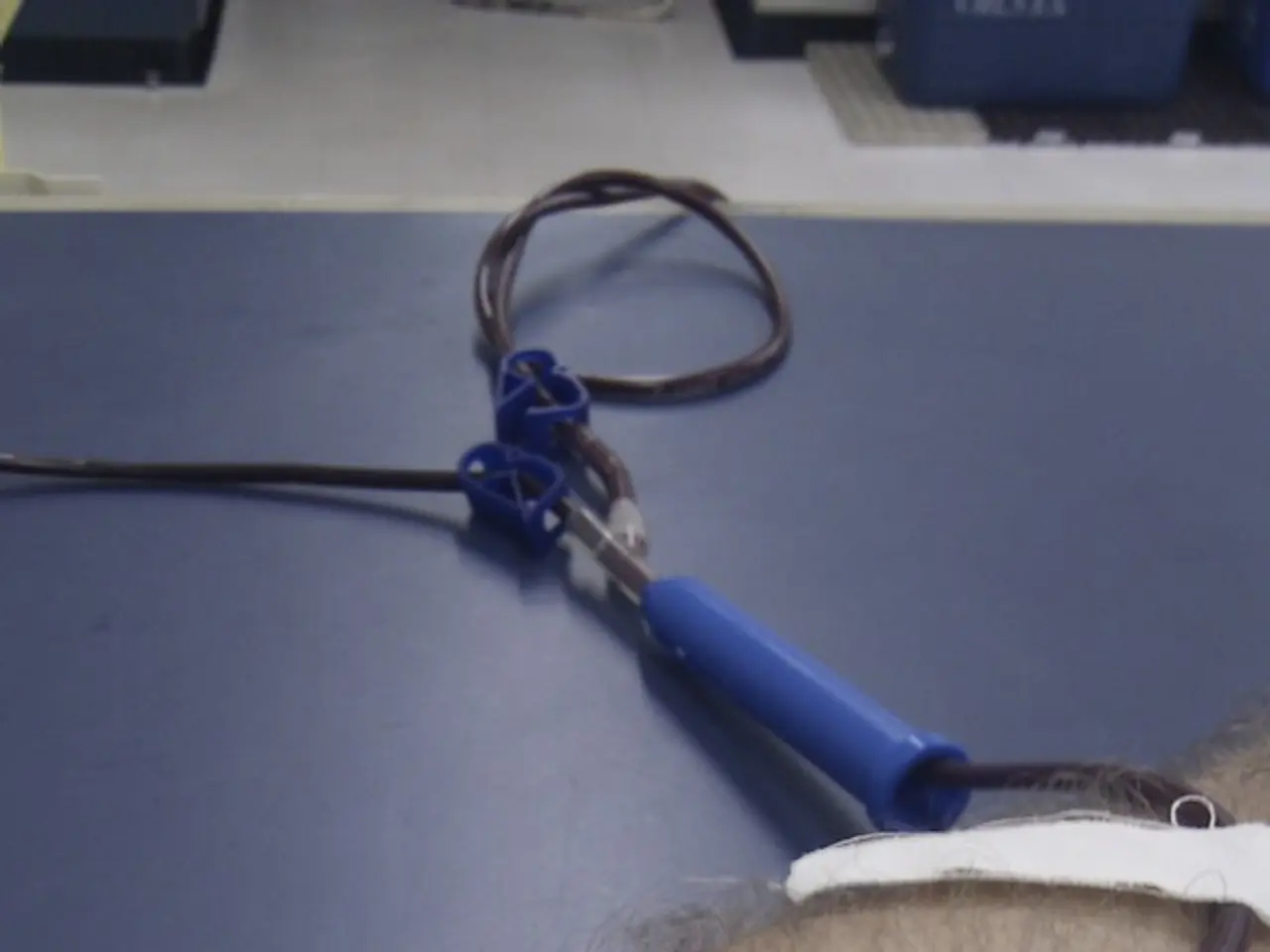Understanding Fournier's Disease: An Examination of This Scrotal Cellulitis Complication
Fournier disease, a rare but serious condition, affects the genital and perineal regions primarily in men. This condition, named after the French surgeon Jean Alfred Fournier who first described it in the late 19th century, can be potentially life-threatening if left untreated.
The most common causes of Fournier disease are polymicrobial infections, typically originating from an anorectal source, genitourinary infections, or perineal trauma. These infections involve a mix of aerobic and anaerobic bacteria, including common species like *Escherichia coli*, *Klebsiella*, *Proteus*, *Staphylococcus*, and *Streptococcus*.
Individuals at higher risk for Fournier disease include those with underlying health conditions such as diabetes (the most important risk factor), older age (typically men aged 50-70), morbid obesity, end-stage renal/liver failure, alcohol use and smoking, immunosuppression including HIV, and debilitated health status.
Preventive measures focus primarily on controlling underlying risk factors and maintaining good hygiene. Key prevention strategies include proper glycemic control in diabetic patients, good perineal and genital hygiene to prevent infections, timely treatment of anorectal and genitourinary infections or trauma, avoidance of risky behaviors that may cause genitourinary trauma, and management of obesity and cessation of smoking/alcohol use where applicable. Circumcision can also reduce the risk of balanitis, a possible precursor condition, by approximately 68%.
Early recognition and treatment of local infections before progression to necrotizing fasciitis can significantly reduce the incidence of Fournier disease. Symptoms of Fournier disease include severe pain, swelling, redness, fever, chills, and foul-smelling discharge. Diagnosis involves recognising symptoms, taking a medical history, physical examination, and using diagnostic imaging and laboratory tests. Culture tests can identify the specific bacteria causing the infection.
Treatment for Fournier disease typically involves broad-spectrum antibiotics to combat the infection, with the choice of antibiotics potentially adjusted based on culture results. Surgical intervention is a crucial part of treatment, often involving debridement, drainage, and reconstructive surgery in severe cases.
Completing the full course of antibiotics is essential to ensure the infection is fully eradicated. However, Fournier disease can lead to severe complications such as tissue necrosis, sepsis, organ failure, and psychological impact. Long-term consequences may include reconstructive surgery, infertility issues, and chronic pain.
While Fournier disease can be a concerning condition, understanding its causes, symptoms, and prevention strategies can empower individuals to take proactive steps towards maintaining their health. Regular check-ups, good hygiene, and awareness of potential risks can help reduce the risk of Fournier disease.
Engaging in preventive measures, such as controlling diabetes, maintaining good hygiene for the genital and perineal regions, treating anorectal and genitourinary infections promptly, avoiding behaviors that may cause genitourinary trauma, and managing obesity and quitting smoking/alcohol use, can help lower the risk of Fournier disease. Timely recognition and treatment of local infections can also prevent Fournier disease, which may progress to more serious conditions like necrotizing fasciitis.




